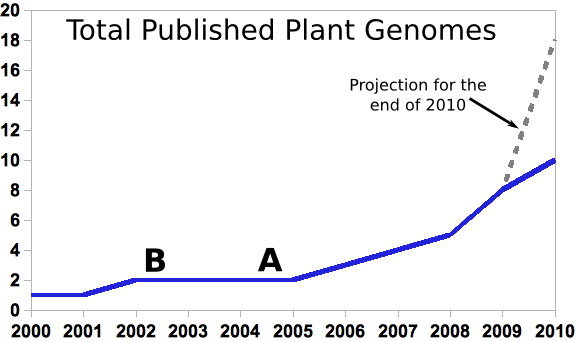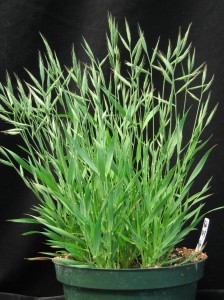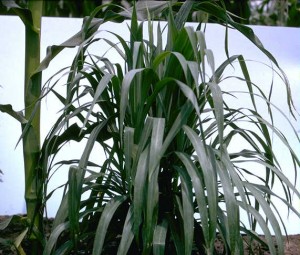I have a confession to make here. I suck at organic chemistry. Chemistry in general (general chemistry, organic chemistry, biochemistry) was by far my weakest subject in college (Cs the whole way). I even managed to fail organic chemistry lab one semester which brought me down below a full course load that semester and I had to organize an appeal to avoid being involuntarily suspended the following semester. It’s always fun to tell this story to new undergrads and or grad students and watch their eyes get wider and wider as the tale goes on.
The reason I tell them that story — besides to try to help put things into perspective when a kid is worried about getting their first B and that their own imagined future is crumbing before their eyes — is to make the point that it’s okay to be really really good at some things, and suck terribly at others. That’s why we come together as a society. If I’m really good at climbing trees to harvest coconuts, but suck at spearing fish, and you have the opposite skill set, one solution would be for me to spend all my time practicing fish spearing, and you to spend all your time practicing tree climbing. Or I could trade you some of my coconuts for some of your fish, and we’d both have a lot more to eat when we sit down to a delicious feast on the beach as the waves roll in.

I have no idea what these even are, let along how to make them, but I remember them being really delicious (Beijing 2014).
There is also such as thing as over-specialization. If I’m so focused on harvesting a particular type of coconut that I develop my whole own coconut focused vocabulary, to the point I cannot even communicate with people who spear fish, or farm taro, I’m going to have a bad time of it out in our hypothetical island world.
Thus ends this fable/analogy/whatever it is.
….also I’ve sucked at spelling since I first learned to write.
Apparent proper spelling is one of the things I should worry about but don't. Will not surprise anyone who has ever written a paper with me.
— James Schnable (@szintri) April 1, 2017






